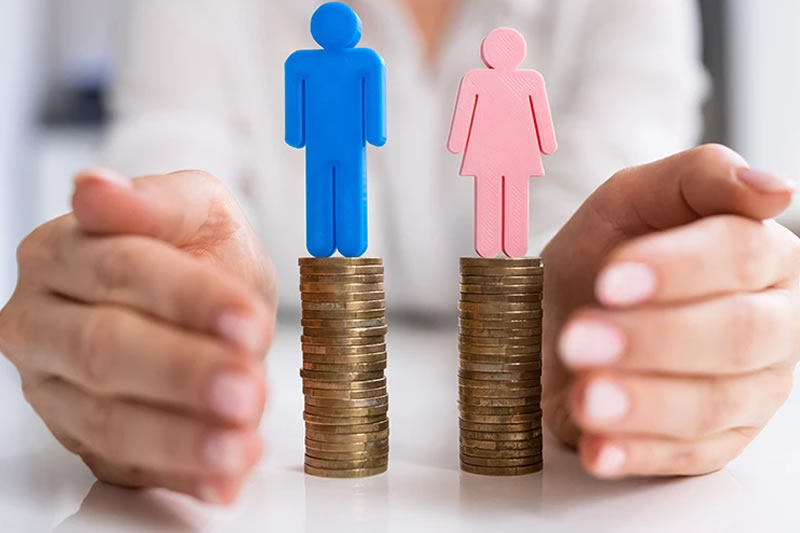

The Gender Pay Gap: An Analysis of Why It Continues to Persist and Suggestions for Addressing It
On average, women worldwide earn roughly about 20% less than their male counterparts for work of equal value. Though action has been taken to address the widening gender gap, very little has moved in the direction of laying to rest the gap. It is that deep-seated inequality in society and curtailed access to opportunities, coupled with choice power structures, which tend to favor men.
Even though many countries have passed laws standing firmly on equal pay, the application of these laws in actual practice seems to be more of a nightmare than a panacea. Should you ask, “How are they rendered so tough?” women usually find their way locked up or stuck into lower paying jobs along with packed discrimination in promotion and the proverbial ‘double shift” at home.
The Sustainable Development Goals (SDGs) set forth by the United Nations echo affirmation to prioritize gender equality for the interplay between good jobs and fair wages. Equal pay is not just a question of fairness. It is, indeed, an issue in connection with the growth of economies surrounding families, communities, and national growth.
Workplace discrimination: Many employers prefer selecting men for higher-paying jobs and leadership positions, thus keeping women behind.
The gender pay gap affects not only women but also entire families and societies in general. The COVID-19 pandemic exposed women to the brunt of poverty in times of economic crisis. If we do not act now, millions of women and girls are likely to be living on pennies—less than $2.15 a day by 2030.
International Equal Pay Day is observed on September 18. It represents the ongoing battle for equal pay for work of equal value and fair wages. This day serves, amongst other things, to reiterate the United Nations’ commitment to human rights and the elimination of all discriminations, especially against women and girls. Certainly, equal pay for equal work is a necessary condition for a fair and equitable society.
The Equal Pay International Coalition collaborates closely to close the international gender pay gap. EPIC envisions a future where the assurance for equal pay across all sectors acquires international recognition through globally concerted efforts from the UN, ILO, and OECD.
Action toward Equal Pay
At least some countries have taken steps in the right direction. In 2020, New Zealand passed legislation ensuring equal pay for work of equal value in varying occupations. However, globally, the progress is still slow. Therefore, it will still take about 300 years if things continue as they are.
Mumbai, July 15, 2025 - A growing narrative paints Gen Z as entitled, difficult, and unfit forthe workplace. But fresh…
ASHA workers in Kerala who have held a long running protest over pay and pensions have welcomed the Central Government's…
In a major development that has fulfilled a long standing request of numerous government employees, Chandigarh Administration has announced that…
NASA is facing one of the largest workforce reductions in its history, with nearly 3,870 employees affected in 2025 due…
In a historic agreement, India and the UK have agreed upon a Free Trade Agreement (FTA) with the intention to…
In a significant turn of event, over 1 lakh employees of Karnataka's four State Road Transport Corporations (RTCs) planned to…
This website uses cookies.
Read More